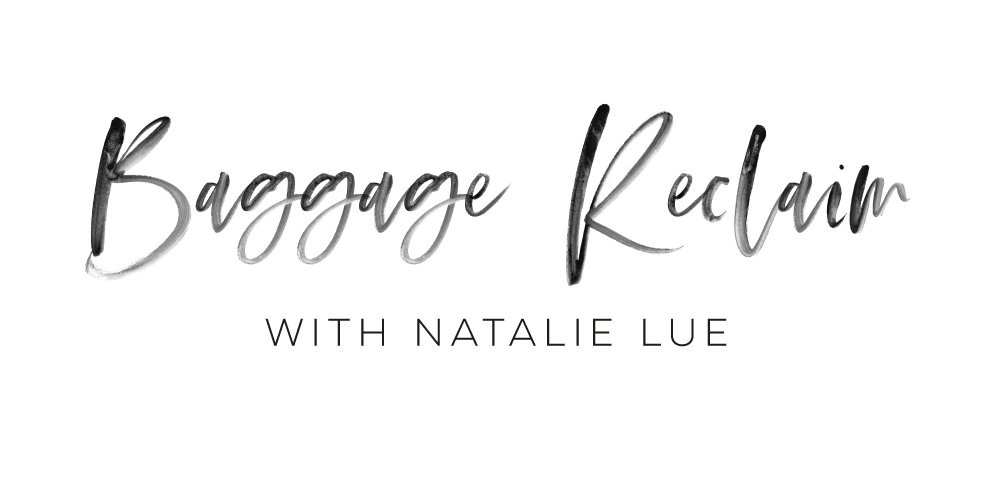Boundaries give us a sense of self, allow us to meet our (and other people’s) needs healthily, and encourage us to treat and be treated with love, care, trust and respect in the process of doing so. Often mistaken for telling people what to do or opportunities to “get into trouble”, boundaries are us expressing ourselves. They communicate how well we know the difference between ourselves and others. When we know our boundaries, we know our (and other people’s) responsibilities.
Many people think boundaries are just about saying “no”. They believe saying “yes” is “clean” and “good” and that “no” is a “dirty word”.
Saying no, along with yes and maybe, though, is based on understanding what our boundaries are in the first place. If we don’t, we can’t meet our needs healthily, be true to ourselves, or become who we aspire to be. Without healthy boundaries, we also can’t get where we need to go because what we say yes, no and maybe to won’t support our highest aspirations and endeavours.
How we respond (actions, thoughts, feelings) after we express yes, no and maybe is how we learn what our boundaries are so that we can tweak, refine, communicate, heal and grow. As a result, “yes” (and “maybe”) are just as much of an expression of your boundaries [as “no”], even when you don’t mean them, say them under duress, or say them because you don’t know your line, limit or what you need, want, expect, feel or think in the first place.
When you realise that what you say yes (and maybe) to is also your boundaries, it no longer has to be so scary. The more authentic you are with your yeses and nos, the happier, healthier, and more fulfilled you will be.
The Joy of Saying No: A Simple Plan to Stop People Pleasing, Reclaim Boundaries, and Say Yes to the Life You Want (Harper Horizon/HarperCollins) is out now and available in bookshops on and offline. Listen to the first chapter.

 Add to favorites
Add to favorites 